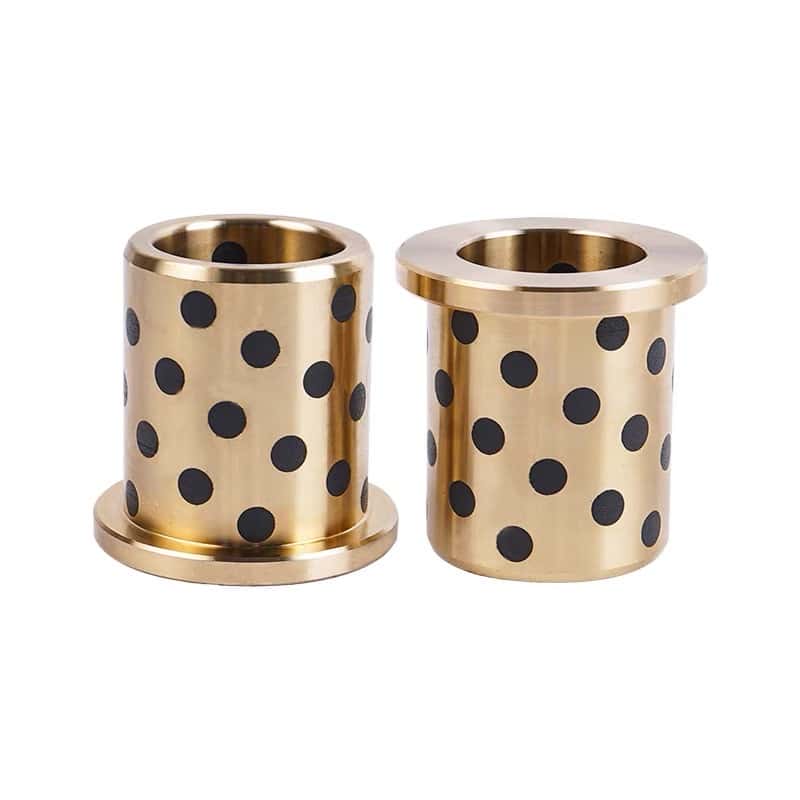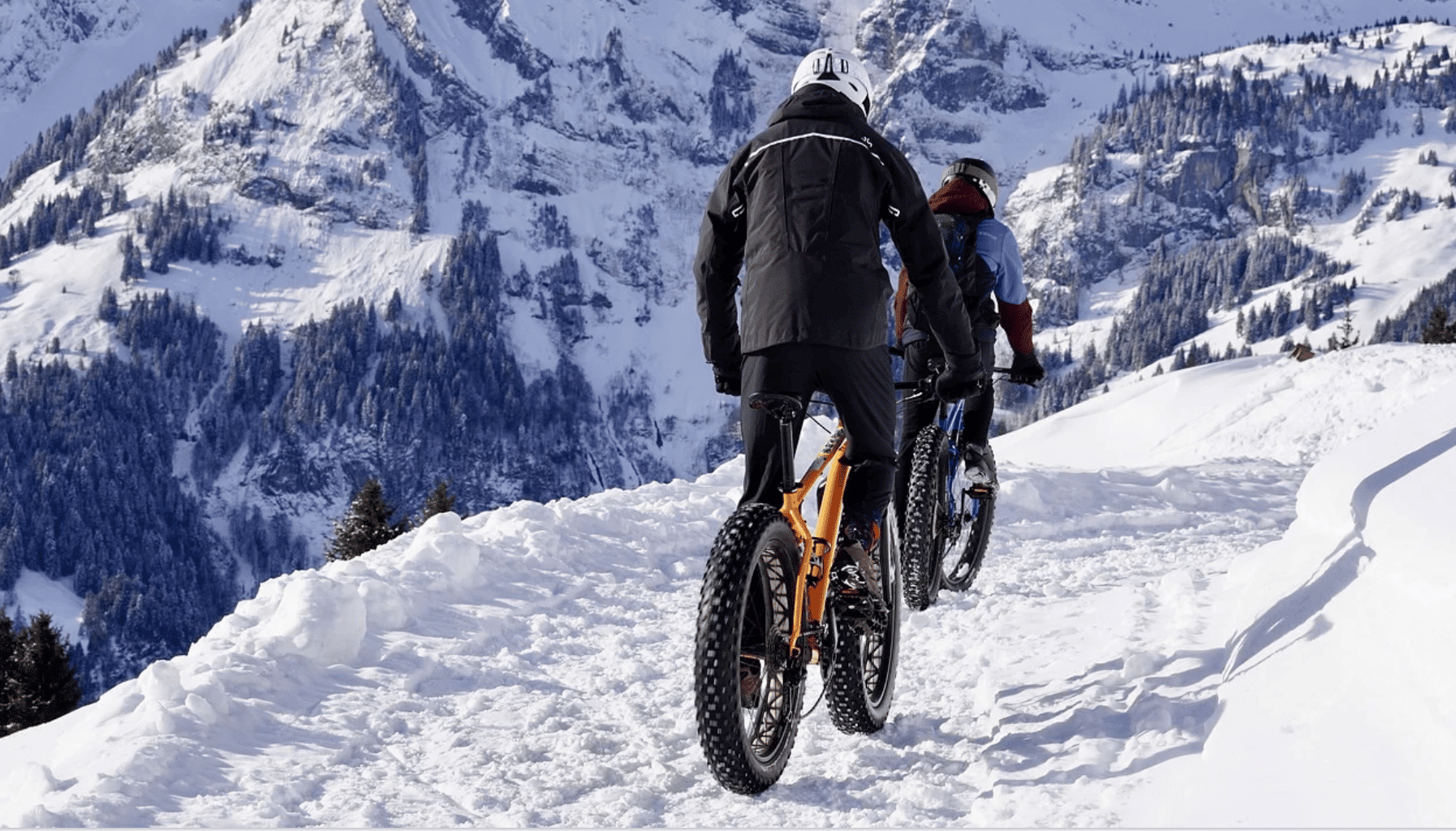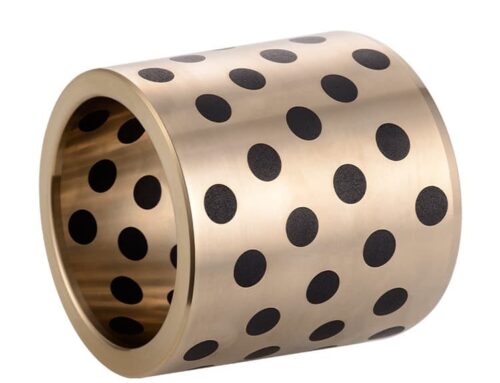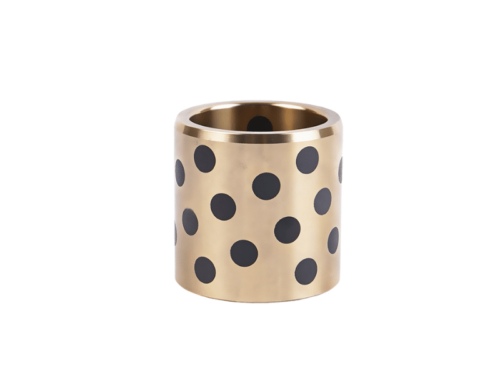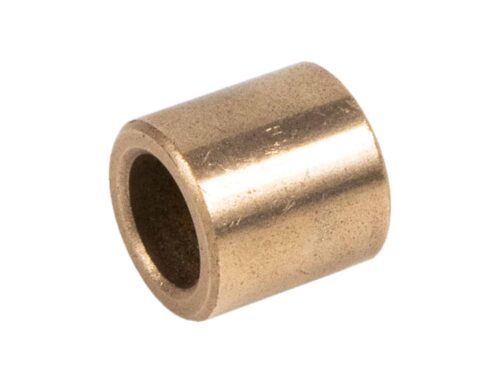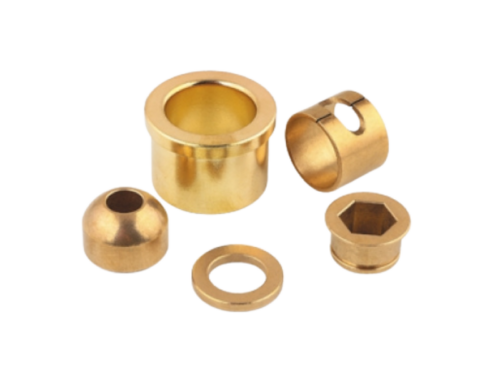Powering Designs One Dry Bearing at a Time
Tribology Bushing & Plain Bearing
Tribology is the science and engineering of interacting surfaces in relative motion. It includes the study and application of the principles of friction, lubrication and wear. Tribology is a branch of mechanical engineering and materials science.
Self-lubricating technology – making life better
Self-lubricating materials (also known as solid self-lubricating materials) refers to the use of solid powder, film or some integral material to reduce the frictional wear effect between the two bearing surfaces. In the process of solid lubrication, solid lubricating materials and the surrounding media to physical and chemical reaction with the friction surface to generate a solid lubricating film to reduce frictional wear. The use of solid lubricating materials to lubricate the friction section is called self-lubricating technology.
Commonly used self-lubricating materials.
Yoga takes you into the present moment. The only place where life exists.
Self-lubricating composite material is a composite material with certain strength and self-lubricating properties, which is prepared by a certain process by adding solid lubricant and some additional components to metal, ceramic or non-metal as the basic components. It has the mechanical properties of the base element and the tribological properties of the solid lubricant, with excellent overall performance, suitable for working in different atmospheric environment, chemical environment, electrical environment, high temperature, low temperature, high vacuum, strong radiation and other special working conditions. Mainly divided into metal-based lubricating materials, polymer-based self-lubricating materials, inorganic non-metal-based self-lubricating materials. At present, the commercialized solid lubricants mainly include: graphite, molybdenum disulfide, polytetrafluoroethylene, etc.
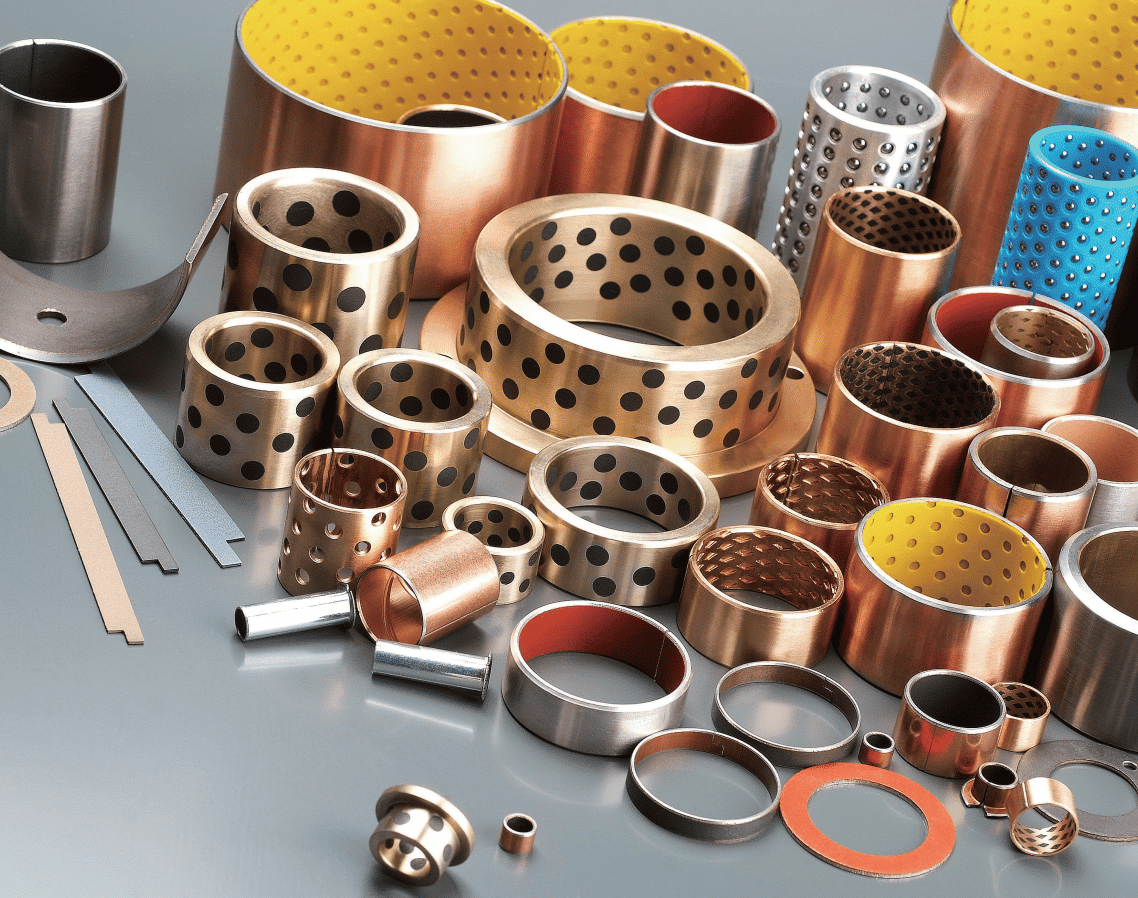

What is Tribology? Bearing Design & Lubrication
“Tribology is the study of the frictional behavior of surfaces. That is, the study of friction, lubrication and wear between interacting surfaces that are in relative motion or have a tendency to move relative to each other, and the basic theory and technology of the interrelationship between the three. Tribology is a marginal discipline. It involves mathematics, physics, chemistry, materials science, metallurgy, mechanics, mechanical engineering, chemical engineering and other disciplines.”
Sed porttitor lectus nibh. Vivamus magna justo, lacinia eget consectetur sed, convallis.
Boccole Autolubrificanti Online
Morbi lobortis netus ac eget at montes.
Dry Bushing Supplier – DU Type
Our dry bearings are the top choice for manufacturers in the automotive, marine, and industrial markets.
Tribology in Life: Did you know that tribology in sports is more prevalent than you think “Rubbing one’s hands”, “dripping water wears away a stone”, “impromptu sharpening”… In ancient times, our ancestors through the observation of the things had already discovered the existence of the “friction”, and then derived a lot of great wisdom, adopt the method of rolling from transport object instead of sliding, the ice was used as lubricant to reduce resistance, ancestors are applied according to the characteristics of the “friction”.
In our life today, “tribology” is affecting all aspects of us. How to reduce the loss of friction in production practice is the focus of scientific research.
Application of self-lubricating technology
Solid lubricants are commonly used in machining, pressure machining, cutting and some special working conditions. Common applications in daily life are
Self-lubricating bearing: mainly divided into inlay type and powder metallurgy integral sintering molding. Inlay type refers to pre-designed and processed certain holes or grooves in the metal matrix, in which the solid lubricating material is embedded, so that the two are combined into a whole, to be used as bearings, shingles or liners; powder metallurgy overall sintered self-lubricating bearings refers to the solid lubricant in the form of powder added to the metal matrix raw materials, through the press molding, sintering to form a self-lubricating composite material, to be used as bearings, shingles or liner.
Contact an bushing bearings expert
Contact viiplus.com
Do you have a special application in which you use self-lubricating bushings plain bearings?

Learn More
Great Prices & Huge Dry Bearing Selection
The Olympics are no exception to the tribology that is so ubiquitous in life that it was present in many sports at the just-concluded Tokyo Games. Chinese divers’ vanishing water, gymnasts’ magnesium powder, cycling teams’ world record breaking, and swimmers’ high-tech secrets hidden in their swimsuits are all examples of man’s constant struggle with friction in order to become “faster, higher, stronger” : To overcome the large or small resistance between people and objects, to improve or reduce friction, to achieve a high standard of physical action, to obtain excellent results, to win glory for the motherland.
Metal Bushing Official Site
Tribology is a science of two interacting surfaces in relative motion and encompasses friction, wear, lubrication, and related design aspects. Viiplus is the professional manufacture & sale of dry bushing and bearings. There is no oil production & operation of thousands of different specification of bearings products. High quality factory. Short & Reliable Delivery. Safety Quality Assurance. With scientific guidance and training, The Chinese Olympic team makes the Olympic athletes live up to their youth, have a clear direction and compete bravely. We use friction technology to improve the function of sports equipment, break the shackles of traditional sports equipment, and use science to solve the practical application problems of life, work, leisure, sports, so that life reduces resistance, full of fun, so that the work becomes no longer heavy, easy to deal with.
What is Tribology?
Tribology is the scientific study of friction, wear, and lubrication of interacting surfaces in relative motion. The term “tribology” comes from the Greek word “tribos,” which means “rubbing.”
Tribology involves the study of the fundamental mechanisms of friction, wear, and lubrication, as well as the application of this knowledge to the design and optimization of systems and materials that interact with each other.
The field of tribology is important for many different industries, including manufacturing, transportation, energy production, and biomedical engineering, among others. By understanding and controlling friction and wear, engineers and scientists can improve the efficiency, reliability, and lifespan of machinery and devices.
Tribology Plain Bearing Bushing- The Ultimate Tribology that Expands our Horizons
A plain bearing bushing, also known as a sleeve bearing, is a type of bearing that is used to support a rotating shaft. It is a cylindrical component made of a low-friction material, such as bronze or plastic, that is placed inside a housing and provides a low-friction surface for the shaft to rotate against.
Tribology plays a critical role in the design and operation of plain bearing bushings. The goal of tribological design is to reduce friction and wear, which can lead to increased efficiency, longer lifespan, and reduced maintenance costs.
To achieve this, engineers consider various factors such as the type of material used for the bushing and the shaft, the surface finish of the mating surfaces, the operating conditions such as temperature and speed, and the type of lubricant used.
By carefully selecting the right materials and lubricants, and optimizing the design based on tribological principles, plain bearing bushings can be designed to provide long-lasting and reliable support for rotating machinery.
Friction and Wear
What is bearing bushing friction?
Bearing bushing friction is the resistance to motion that occurs between the surface of a bearing bushing and the surface of the shaft or other moving parts with which it interacts. Friction is an inevitable consequence of any two surfaces in contact, and it generates heat and can cause wear and damage to the surfaces.
In the case of bearing bushings, friction can occur between the shaft and the bushing, as well as between the bushing and the housing that holds it in place. Excessive friction can lead to reduced efficiency, increased power consumption, and premature wear of the parts involved.
To reduce bearing bushing friction, a number of strategies are employed. One of the most common is the use of lubricants, which can reduce friction and protect the surfaces from wear. Additionally, materials with low coefficients of friction can be used for the bushing and shaft, and surface finishes can be optimized to reduce the roughness and improve the smoothness of the mating surfaces.
The design of a bearing bushing should take into account the expected operating conditions and the required load-carrying capacity, as well as the potential for wear and the need for maintenance. By selecting the right materials and lubricants and optimizing the design for low friction, bearing bushings can be designed to provide long-lasting and reliable support for rotating machinery.
What Tribological Factors Need to be Considered in Bearing Selection? How do these Factors Affect Bearing Selection?
When selecting bearings, a number of tribological factors need to be considered. These include:
-
Load: The magnitude and direction of the applied load are important factors to consider, as they affect the type and size of bearing that is needed.
-
Speed: The speed at which the bearing will operate is an important factor in determining the appropriate bearing design, as high-speed applications require bearings with specialized materials and lubrication systems.
-
Temperature: The temperature at which the bearing will operate is a critical factor to consider, as high temperatures can lead to premature wear and failure.
-
Lubrication: The type and amount of lubrication required for the bearing is an important consideration, as the lubrication system must be designed to provide sufficient lubrication to minimize friction and wear.
-
Environmental conditions: Environmental factors, such as exposure to moisture or chemicals, can affect the performance of the bearing and must be taken into account.
-
Material selection: The choice of materials for the bearing components, such as the bearing bushing, shaft, and cage, is an important factor that can affect the bearing’s friction, wear, and durability.
-
Surface finish: The surface finish of the mating surfaces can have a significant impact on the bearing’s friction and wear, and must be optimized to ensure maximum performance.
These factors can affect bearing selection in a number of ways. For example, high loads may require the use of larger bearings or specialized bearing designs. High speeds may require the use of materials with low coefficients of friction and advanced lubrication systems. High temperatures may require the use of specialized materials that can withstand the heat, and may require specialized lubricants that can function at high temperatures. Environmental factors may dictate the use of specialized coatings or treatments to protect the bearing components. The choice of materials and surface finish can affect the bearing’s friction and wear characteristics, and must be optimized for maximum performance. Overall, considering these tribological factors is critical to selecting bearings that can provide reliable and long-lasting performance under the specific operating conditions of a given application.
Dry Bushing Material
- PTFE+Filler
- Steel backing
- Copper-plating/tin-plating
Dry bushings characteristics
- Applicable in dry lubrication and suitable for the field that requires small size and light weight.
- Low friction-coefficient and abrasion resistance in high load and low speed condition.
- Applicable in wide temperature range.
- Provides superior chemical resistance, dimensional stability, mechanical strength, and heat conductivity.
- Standards parts and custom-made parts available
Dry bushing application
- Agricultural machinery: tractors, combine harvesters, crop sprayers, bulldozers, graders, etc.
- Automotive: power steering pump, steering gear thrust gasket, disc brake, shock absorber, door hinge, windshield wiper, chair adjuster, air valve and solenoid valve, etc.
- Office and business machinery: copier, fax machine, printer, mail processing machine, etc.
- Hydraulic components and valves: gear pump, piston pump, vane pump, ball valve, butterfly valve, cylinder, cylinder and other hydraulic components;
- Home appliances: refrigerators, air conditioners, vacuum cleaners, sewing machines, washing machines, microwave ovens, fitness equipment, etc.
- And other logistics machinery, packaging machinery, textile machinery, port machinery, mineral machinery, forest machinery and all kinds of engineering machinery and equipment.
What is Approach to Developing Bearing Solutions through Tribological Expertise?
The approach to developing bearing solutions through tribological expertise involves the application of scientific principles related to friction, wear, and lubrication to the design and optimization of bearings. The goal is to create bearing systems that are highly efficient, reliable, and long-lasting, while also minimizing the risk of failure and reducing the need for maintenance.
The approach typically involves several key steps. First, the operating conditions of the bearing system are analyzed, including factors such as load, speed, temperature, and environment. This information is used to select appropriate materials for the bearing components, such as the bearing bushing, shaft, and cage.
Next, the design of the bearing is optimized to minimize friction and wear. This can involve strategies such as improving the surface finish of the mating surfaces, incorporating advanced lubrication systems, and utilizing specialized coatings and surface treatments.
Once the bearing is designed and manufactured, it is tested to verify its performance under expected operating conditions. This can involve testing for factors such as friction, wear, and heat generation, as well as assessing the bearing’s ability to withstand shock loads and other stresses.
Finally, the bearing is monitored during operation to ensure that it is performing as expected and to detect any potential problems before they lead to failure.
The approach to developing bearing solutions through tribological expertise is highly effective at producing bearings that are optimized for the specific operating conditions of a given application, and that can provide long-lasting and reliable performance with minimal maintenance requirements.
Search dry bushing
Online dry bushing and bearing catalog from www.bronzelube.com. Wide Selection to handle your Boccole Autolubrificanti manufacturing needs.
Improve technology without lubrication
Dry bearings are the easiest and most convenient method of lubrication. However, any bearing surface based on dry lubrication gradually wears out during relative movement.
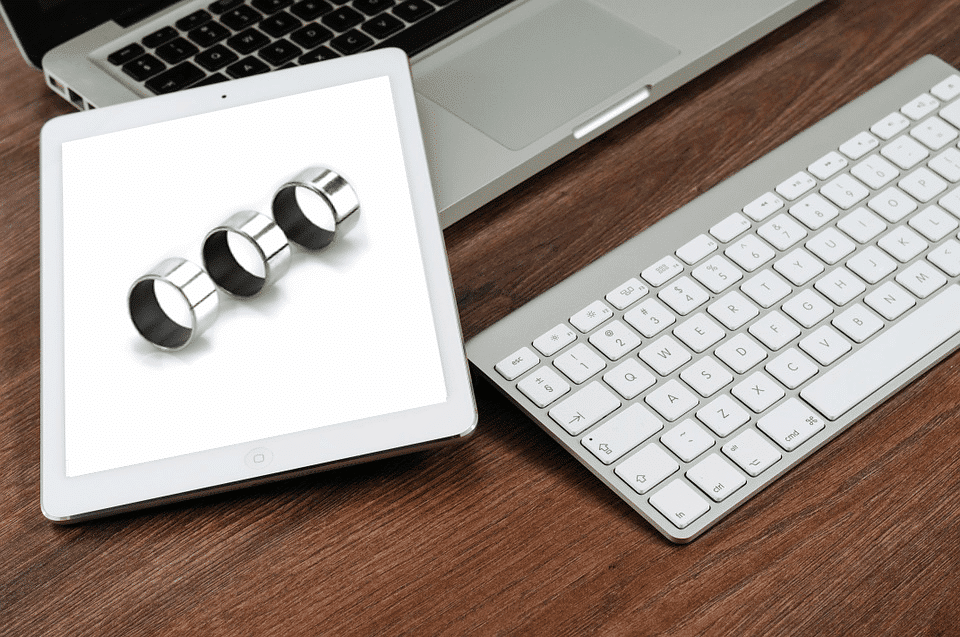
Metal Dry Bushing – The Ultimate Tribology that Expands our Horizons
This environmentally friendly, lead-free, self-lubricating metal-polymer bearing requires no additional lubricant. It combines a low friction polytetrafluoroethylene (PTFE) bearing surface with the strength and dimensional stability of a metal substrate.
How do the Condition of a Bushing Shaft and the Transfer Layer Impact Tribological Performance?
The condition of a bushing shaft and the transfer layer can have a significant impact on the tribological performance of a bearing.
A bushing shaft that is worn or damaged can cause increased friction and wear, which can lead to premature failure of the bearing. It is important to ensure that the shaft is properly aligned and supported to prevent excessive wear, and to monitor the condition of the shaft during operation to detect any signs of wear or damage.
The transfer layer, also known as a boundary layer, is a thin layer of material that is formed on the surface of the bushing or shaft during operation. The transfer layer can have a significant impact on the tribological performance of the bearing, as it can act as a protective layer that reduces friction and wear.
If the transfer layer is damaged or removed, the tribological performance of the bearing can be negatively affected. This can lead to increased friction, wear, and the potential for seizure or failure of the bearing. To maintain the transfer layer and ensure optimal performance of the bearing, it is important to use appropriate lubricants and to avoid operating the bearing under conditions that can cause damage or wear to the transfer layer.
Overall, the condition of the bushing shaft and the transfer layer can have a significant impact on the tribological performance of a bearing. By monitoring and maintaining these factors, it is possible to ensure that the bearing operates reliably and efficiently, with minimal friction and wear, and a long service life.
How can Bearing Tribology Reduce or Eliminate the Need for Liquid Lubricants?
Bearing tribology can play a significant role in reducing or eliminating the need for liquid lubricants in certain applications. This can be achieved by developing specialized bearing designs that rely on alternative lubrication methods, or by utilizing specialized bearing materials that have inherent self-lubricating properties.
One approach to reducing the need for liquid lubricants is to utilize solid lubricants, such as graphite or molybdenum disulfide, that are incorporated into the bearing material. These solid lubricants can provide effective lubrication under certain operating conditions, without the need for liquid lubricants. Additionally, the use of specialized coatings, such as diamond-like carbon coatings or other advanced surface treatments, can provide self-lubricating properties that reduce the need for liquid lubricants.
Another approach to reducing the need for liquid lubricants is to design bearings that operate under boundary lubrication conditions, where the surfaces of the bearing components are separated by a thin film of lubricant. In these applications, the use of liquid lubricants can be minimized or eliminated entirely by optimizing the design of the bearing components to provide effective boundary lubrication.
Finally, bearing tribology can be used to develop specialized bearing designs that incorporate hydrodynamic or hydrostatic lubrication, which can eliminate the need for liquid lubricants entirely. These designs rely on the movement of the bearing components to generate a thin film of lubricant between the surfaces, which provides effective lubrication without the need for additional lubricants.
Overall, by utilizing specialized bearing designs and materials that incorporate advanced lubrication methods, it is possible to reduce or eliminate the need for liquid lubricants in certain applications, which can provide a range of benefits, including reduced maintenance requirements, improved environmental performance, and enhanced performance under extreme operating conditions.
What does an Engineer need to Think About when Designing Products or Friction/Wear Experiments?
When designing plain bushing or friction/wear experiments, an engineer needs to consider several important factors, such as:
-
Materials: The selection of suitable materials for the bushing and shaft is critical to ensure accurate and relevant results. It is important to choose materials that are representative of the intended application and to ensure that the materials are compatible with the chosen lubricant.
-
Lubrication: The type and amount of lubrication used in the experiment should be carefully controlled and measured. The choice of lubricant should be based on the intended application, and the amount of lubricant used should be consistent throughout the experiment.
-
Load and speed: The load and speed conditions used in the experiment should be representative of the intended application. It is important to carefully control the load and speed to ensure accurate and repeatable results.
-
Test environment: The test environment should be carefully controlled to ensure that the experiment is conducted under consistent conditions. Factors such as temperature, humidity, and air quality should be monitored and controlled as needed.
-
Data collection and analysis: The engineer should carefully design the experiment to collect relevant and accurate data, and to analyze the results using appropriate statistical methods. The engineer should also ensure that the experiment is conducted with adequate replication and control conditions to reduce the risk of bias or error.
-
Safety: The engineer should ensure that the experiment is conducted with appropriate safety measures in place, and that all personnel involved in the experiment are trained and equipped to work safely.
By carefully considering these factors and designing experiments that are well-controlled and relevant to the intended application, an engineer can obtain accurate and meaningful data to inform the design and selection of plain bushings or other friction/wear components.
The application of tribology to bushing design can result in several positive outcomes, including:
-
Improved performance: By optimizing the tribological design of bushings, it is possible to improve their performance and reduce friction and wear under a wide range of operating conditions. This can lead to enhanced durability, reduced maintenance requirements, and improved overall system efficiency.
-
Reduced environmental impact: By reducing the amount of lubricants needed to maintain effective performance of the bushings, tribology can help to reduce the environmental impact of the system. This is particularly important in applications where lubricants can be difficult to manage or dispose of.
-
Cost savings: By reducing the need for lubricants and maintenance, tribological bushing design can result in significant cost savings over the lifetime of the system. Additionally, the improved performance of tribological bushings can result in longer service intervals and reduced downtime, further reducing overall costs.
-
Increased reliability: By reducing friction and wear, tribological bushings can help to improve the reliability and safety of the system. This is particularly important in applications where downtime or failures can have significant financial or safety implications.
-
Design flexibility: By providing a wide range of options for tribological bushing design, including different materials, lubrication methods, and coating technologies, tribology can help to improve design flexibility and enable the development of custom solutions for specific applications.
Overall, the application of tribology to bushing design can result in a wide range of benefits, including improved performance, reduced environmental impact, cost savings, increased reliability, and design flexibility. By working with tribological experts and utilizing the latest technologies and materials, it is possible to develop highly effective bushing solutions that meet the needs of any application.
OUR DRY BUSHINGS PRODUCTS ARE ENGINEERED TO EXACTING STANDARDS, SELECT YOUR BUSHING CATALOG
Self Lubricating Bushings – Select, Configure, Order. Delivers on time and at competitive prices. Metal Dry Bushings Material, Plain Bearing Manufacture.Excellence In Dry Bushing, Get A Free Quote Today! More DU bush catalogue pdf from www.bronzelube.com
Your Only Bushing Partner, We Help To Select The Right Dry Bushing For You


